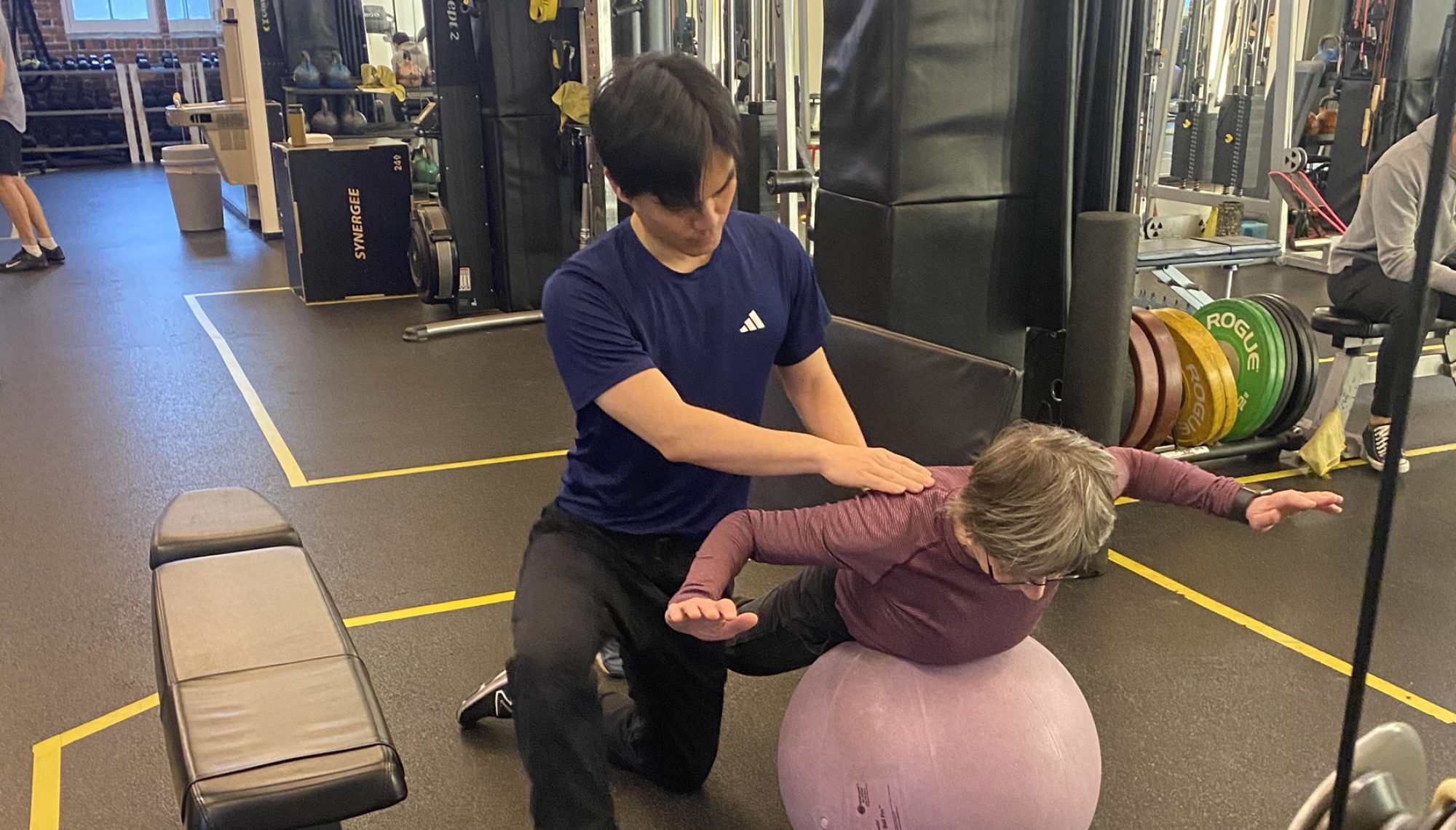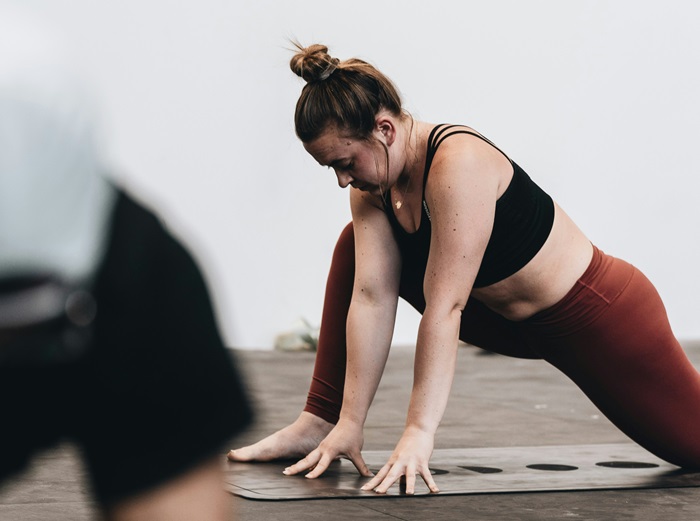As we age, staying active becomes increasingly important for maintaining overall health and well-being. Exercise is not just about staying fit; it has profound benefits for the brain and body, particularly for seniors. Thanks to neuroplasticity and the ability of muscles to grow at any age, exercise can significantly enhance the quality of life, no matter how old you are.
Why a Training Plan Matters: Maximizing Efficiency and Effectiveness in Functional Training
A well-structured training plan is crucial for anyone looking to improve their fitness, whether for functional strength, overall health, or specific performance goals. The importance of sequencing exercises and targeting the right muscle groups at the right time cannot be overstated. This is especially true when engaging in functional training, which emphasizes movements that mimic real-life activities and require the coordination of multiple joints and muscles.
In this post, we’ll explore why a training plan matters, with a focus on compound exercises like pull-ups and how they engage multiple muscle groups. Additionally, we’ll discuss why the sequence of exercises matters for maximizing results and minimizing fatigue.
Your Back Workouts: Safe and Effective Tips for Rows
Rows are a staple exercise for strengthening back muscles, commonly found in routines for building upper body strength and stability. However, not all rows are created equal, and improper form or execution can lead to shoulder discomfort or even injury.
In this post, we’ll explore some key tips to make your row exercises safer and more effective, whether you’re dealing with shoulder pain or aiming to maximize muscle engagement.
Shoulder Dislocation: Causes, Recovery, and Prevention
Shoulder dislocation is a common yet serious injury that can significantly impact mobility and daily activities. Knowing what causes it, how to recover, and ways to prevent future injuries is crucial for maintaining shoulder health and function.
Managing Osteoarthritis (O.A.) and Hip Replacement
Osteoarthritis (O.A.) in the hip is a common degenerative condition that can greatly impact an individual’s mobility and quality of life. Understanding how O.A. develops, the contributing factors, and effective treatment approaches can help prevent severe progression, provide relief, and improve functional movement.
Why Some Individuals Experience Less Stability During Lunges
Lunges are a popular lower-body exercise that can improve strength, flexibility, and balance. However, many individuals struggle with stability while performing lunges, which can limit their effectiveness and increase the risk of injury. This article will explore the key factors that influence stability during lunges and provide practical solutions to help improve balance and form.
Core Strength: Static vs. Dynamic Core Training
Core strength has been a buzzword in fitness for years, but what does it really mean? It’s not just about holding a plank for hours (though kudos to those who can!). True core strength goes beyond static exercises. It’s about building dynamic strength that translates into real-world movement and function.
In this blog, we’ll break down the difference between static and dynamic core strength, and why your focus should be on the latter for overall fitness and health.
Wall Angels vs. Lower Trap Activation
Posture is a crucial aspect of overall health, and many exercises are designed to improve it. One such exercise is the wall angel, which is commonly used to counteract slouching by opening up the chest muscles and ensuring that the scapula moves properly. However, there are other exercises that may look similar to wall angels but serve a different purpose, particularly in activating the lower trapezius muscles.








